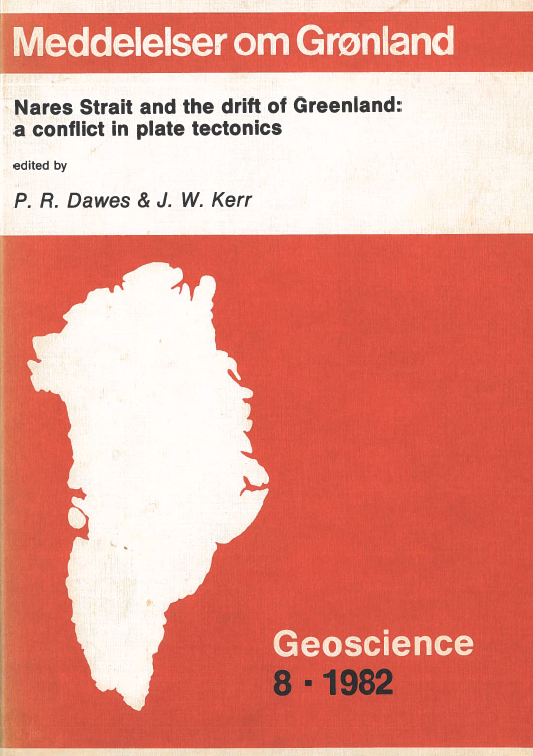Physiography of Nares Strait: importance to the origin of the Wegener Fault
DOI:
https://doi.org/10.7146/moggeosci.v8i.141026Abstract
Nares Strait is a long, deep trough which, at its shoreline at least, is straight. Most theories of its origin are deduced from observations remote from the Strait and even those observations adjacent to the Strait were seldom if ever taken for the express purpose of elucidating its origin. Direct observations of the floor of the Strait are very scarce, yet without them the dilemma of movement or non-movement seems unresolvable. We have been able to map the gross physiography of the Strait and can deduce from it that the area has undergone compression along an approximately northwest-southeast axis.
In order to resolve the dilemma of motion or no motion along Nares Strait, we suggest that a post-Palaeozoic northward movement (50-100 km) of the Canadian Arctic Islands by the process of crustal thinning in Lancaster and Jones Sounds and in the Sverdrup Basin can, when combined with geologic/geometric uncertainties, account for the present-day relatively small observed net offset.
Downloads
Published
How to Cite
Issue
Section
License
Coypyright by the authors and the Commision for Scientific Research in Greenland / Danish Polar Center. No parts of the publications may be reproduced in any form without the written permission by the copyright owners.


